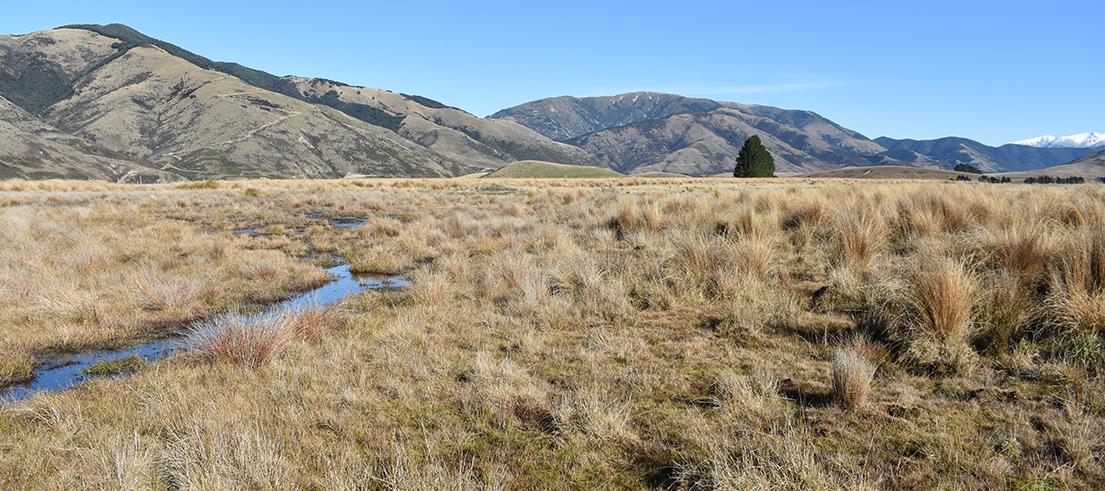
Wonderful wetlands: Celebrating 25th World Wetlands Day
World Wetlands Day is now in its 25th year, marking the day that the Convention on Wetlands of International Importance was adopted 50 years ago in the city of Ramsar, Iran.
Now known simply as Ramsar, the convention came into force in New Zealand in 1976. Throughout this period and across the world many wetlands have continued to degrade and be destroyed, but regulation and action to protect and restore is catching up, in line with the will and aspirations of communities.
Essential Freshwater reforms
Globally – and in New Zealand – 90% of wetlands have been destroyed, and remaining wetlands continue to be lost.
However, there are some big potential gains on the horizon for wetlands with the introduction in 2020 of the government’s Essential Freshwater Package, and particularly the National Environmental Standards (NES) for Stock Exclusion and Freshwater.
While these regulatory documents relate to better management of all freshwater ecosystems there is a strong focus on protecting and better managing those wetlands that do remain.
Learn more about both NES and the broader package.
World comes to Ōtautahi for conference
The International Wetlands Conference (Intecol) is set to be held in Ōtautahi/Christchurch from 10-15 October 2021. Now planned as a hybrid live/online event (due to COVID travel restrictions), it will celebrate wetland stories from around the world with the theme of traditional knowledge and management woven throughout.
The event is being brought to Christchurch by the International Association for Ecology, National Wetlands Trust of New Zealand, New Zealand Freshwater Sciences Society, Australian Freshwater Sciences Society and Environment Canterbury.
Wetland field trips are planned to showcase some of the wetlands that remain in Canterbury. Coastal wetlands, wetlands of braided river headwaters and inland basins will be on show to visitors as part of the conference programme.
Spotlight on Te Waihora
One such trip will highlight the processes that formed Te Waihora / Lake Ellesmere and the events and actions that led to the eventual “flipping” of the lake.
It will also look at the efforts underway to move this internationally significant waterbody from its current degraded state back into its more healthy natural stable state. These efforts include work to reestablish the vast beds of aquatic plants that once thrived and helped maintain lake health.
The significance to Ngāi Tahu, in particular Ngāti Moki and Wairewa Rūnanga, as a cultural site was recognised when ownership of the lakebed was restored to Ngāi Tahu. The lake and associated wetlands now cover 30,000ha, which is down from 80,000ha before land drainage and lake opening efforts commenced.
Learn more about the co-governance model that is protecting Te Waihora – including the inspirational Whakaora Te Ahuriri wetland creation project.
Discover your local wetland
A number of wetlands across Canterbury are available for the public to enjoy, including:
- Otipua near the coast south of Timaru
- Tūhaitara Coastal Park near the coast between the Ashley/Rakahuri Estuary and the Waimakariri River
- Yarrs Flat Wildlife Reserve at the mouth of the Ararira/L II River, Te Waihora
- Timberyard Point at Te Waihora near Leeston
- Brooklands Lagoon near Spencer Beach north of Christchurch
- Lower Selwyn Huts at Waihora
- Ashley/Rakahuri Estuary at Waikuku
- Plus many more wetlands to visit within the Christchurch City area (eg, Travis Swamp, Avon-Heathcote Estuary, Ōtukaikino).
